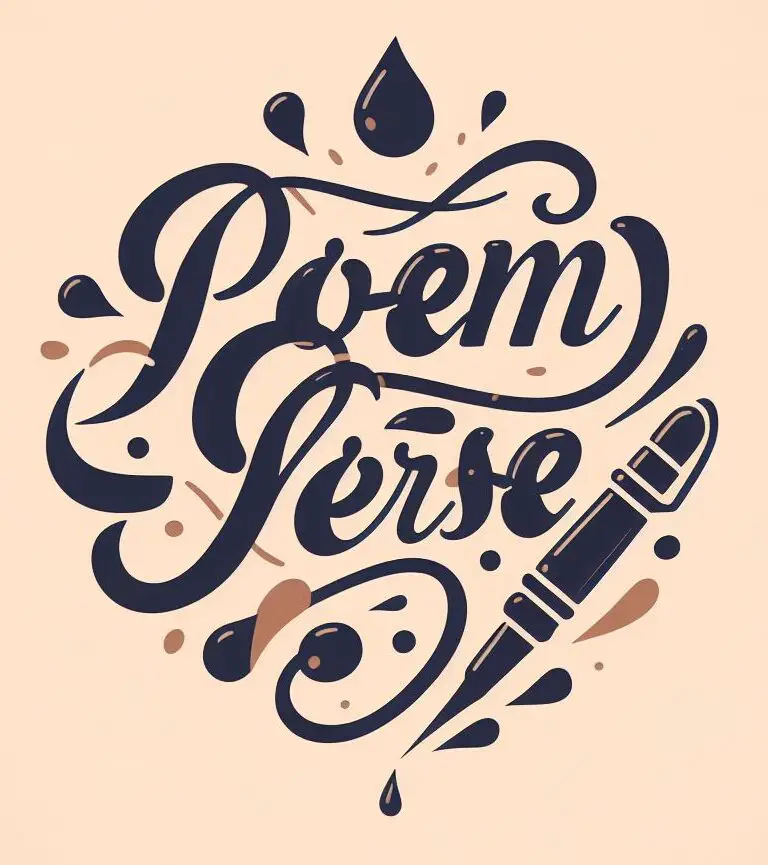Exploring the Enchanting Realm of Moon Poetry
Unveiling the Mysteries of the Celestial Muse
Poetry has long been hailed as the language of the soul, capable of encapsulating the deepest emotions and thoughts within a few carefully crafted lines. And what better muse for poets to draw inspiration from than the moon? Its ethereal glow, enigmatic nature, and profound symbolism have allured writers for centuries, resulting in an exquisite collection of deep poems that explore the moon's influence on our lives and our imaginations.
The Eternal Dance of Light and Shadow
One of the most captivating aspects of the moon is its ability to transition between light and darkness. This duality serves as a powerful metaphor for the human experience, evoking emotions of hope, introspection, and longing. In his poem "The Moon," Percy Bysshe Shelley beautifully encapsulates this idea:
Art thou pale for weariness
Of climbing heaven and gazing on the earth,
Wandering companionless
Among the stars that have a different birth—
And ever-changing, like a joyless eye
That finds no object worth its constancy?
These poignant verses invite readers to ponder the moon's perpetual journey, mirroring the human desire for stability amidst the ever-changing world.
The Moon as a Symbol of Love and Longing
Throughout history, the moon has been a symbol of love and romance. Its radiant glow has been associated with yearning, unrequited love, and distant connections. In his sonnet "Bright Star," John Keats beautifully intertwines the moon's influence with the enduring power of love:
Bright star, would I were stedfast as thou art—
Not in lone splendour hung aloft the night
And watching, with eternal lids apart,
Like nature's patient, sleepless Eremite,
The moving waters at their priestlike task
Of pure ablution round earth's human shores,
Or gazing on the new soft-fallen mask
Of snow upon the mountains and the moors—
No—yet still stedfast, still unchangeable,
Pillow'd upon my fair love's ripening breast,
To feel for ever its soft fall and swell,
Awake for ever in a sweet unrest,
Still, still to hear her tender-taken breath,
And so live ever—or else swoon to death.
Keats masterfully intertwines the moon's unwavering presence with the narrator's desire for an eternal connection with his beloved. The moon becomes a symbol of constancy and unending devotion, contrasting against the fleeting nature of earthly love.
The Moon as a Gateway to the Imaginary
Beyond its romantic symbolism, the moon also acts as a gateway to the imaginary. Its mystical aura has fueled countless dreams and inspired poets to explore realms beyond our own. In her poem "The Moon," Sara Teasdale brings the moon's enchantment to life:
The moon is a mystery,
She smiles but never speaks.
She leads me to the land of dreams
When everyone is asleep.
These simple yet evocative lines transport readers to a realm where dreams come alive under the moon's gentle guidance. Teasdale's words remind us of the moon's innate ability to unlock our imagination and inspire creativity.
Embracing the Moon's Alluring Charms
From Shelley's introspective verses to Keats' passionate sonnets and Teasdale's dreamy imagery, these profound poems offer glimpses into the moon's enduring allure. Through deep poetry, we can embark on a journey to explore our own connection with this celestial muse, finding solace, inspiration, and a deeper understanding of ourselves in the moon's radiant glow. So, let us embrace the moon's alluring charms and let it guide our pens as we delve into the vast universe of moon poetry.

Entradas Relacionadas